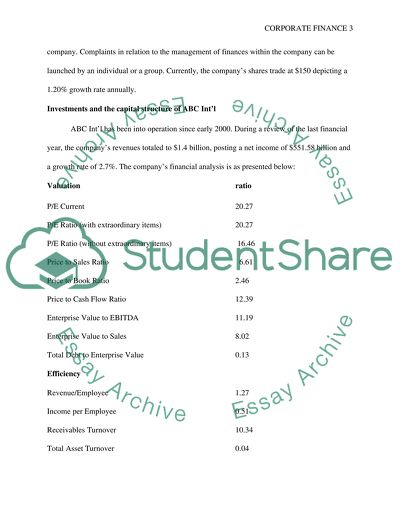Cite this document
(“Corporate finance and Financial Accounting Essay”, n.d.)
Corporate finance and Financial Accounting Essay. Retrieved from https://studentshare.org/finance-accounting/1474698-corporate-finance-and-financial-accounting
Corporate finance and Financial Accounting Essay. Retrieved from https://studentshare.org/finance-accounting/1474698-corporate-finance-and-financial-accounting
(Corporate Finance and Financial Accounting Essay)
Corporate Finance and Financial Accounting Essay. https://studentshare.org/finance-accounting/1474698-corporate-finance-and-financial-accounting.
Corporate Finance and Financial Accounting Essay. https://studentshare.org/finance-accounting/1474698-corporate-finance-and-financial-accounting.
“Corporate Finance and Financial Accounting Essay”, n.d. https://studentshare.org/finance-accounting/1474698-corporate-finance-and-financial-accounting.


